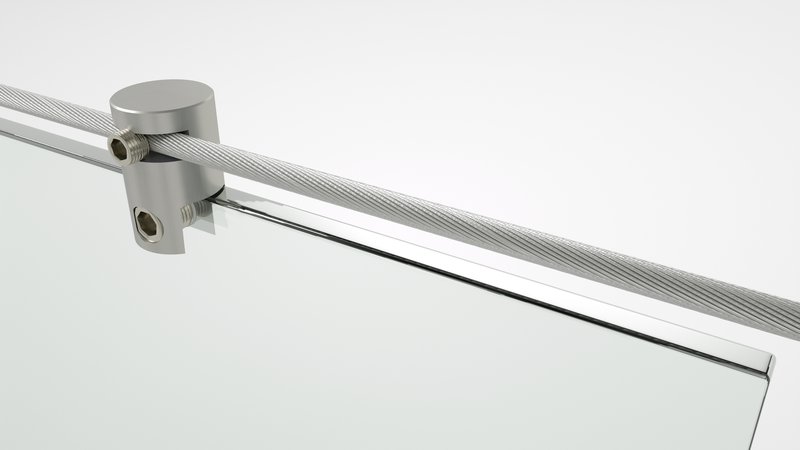
This article is originally published at Realspace3d.com.
Why is Vray so popular among 3D artists and why is it Vray and Architectural Rendering work so well together? The rendering powerhouse is used to create 3D models, special effects, and graphic design. V-Ray has been the most sought-after program on the market. Although the software doesn’t retail for cheap, it has remained a popular choice for designers since its launch in 2007. This begs the question: what makes it so good?
THE ROLE OF RENDERING MACHINES
Before we get into the skinny of the V-Ray software and its advantages, let’s go through the role of rendering machines. V-Ray rendering generates the image from a 3D model, most commonly 3ds Max.
To illustrate, imagine creating a clay sculpture. This clay sculpture acts as your 3D model. Now that you have your 3D model, you may want to share it with your coworkers right now. As you can’t bring your clay sculpture around, you take a picture with your camera. The picture of your clay sculpture is what you send to your boss or friends. The camera acts as your rendering machine.
Rendering machines and software essentially translate your model into a flat image. The latter can be printed and/or shared online—allowing you to get your ideas across. For industries that rely heavily on the software, it’s important they provide an accurate translation of their models. This is emphasized in architecture applications and design, where everything is up to scale.
V-RAY HISTORY
3D rendering software, like V-Ray, were already used in the late 90s and the early 2000s. Their applications are still the same for today: graphic design, architectural modeling, and special effects. Chaos Group, the company behind V-Ray, was a small 3D design and animation studio headquartered in Bulgaria.
In 1997, the group had to render atmospheric effects. Unsatisfied with the render plug-ins at the time, the group decided to create their own. Atmos Blender, the company’s in-house rendering engine, was created. Little did they know that would be the backbone for V-Ray, which was released to the public five years later.
Artist support was satisfactory in V-Ray’s early years for architectural rendering. However, it wasn’t until 2008 that V-Ray gained attention in artist communities. It became a software to look out for. Without missing a beat, Chaos Group released an interactive version, V-Ray RT, and the much-anticipated V-Ray Maya. The rest, as they say, is history.
V-Ray continues to be a preferred choice within professional artist circles. It has been used to create special effects in films, simulate living conditions for architectural settings, and produce hyper-realistic images.
Top 10 reasons we prefer using V-Ray for Rendering
1.) CONSISTENT PERFORMANCE
2.) THE OPTIONS AREN’T LIMITED TO LIGHT AND MATERIALS
3.) SEAMLESS EXECUTION
4.) SYNCS ON MULTIPLE 3D MODELING PLATFORMS
5.) PERFECT FOR ANIMATING
6.) REALISTIC OUTPUTS
7.) VAST MATERIAL AND LIGHTING OPTIONS TO CHOOSE FROM—AMONGST OTHERS
8.) AN INVESTMENT TO LAST
9.) FASTER THAN THE REST
10.) THE COMMUNITY